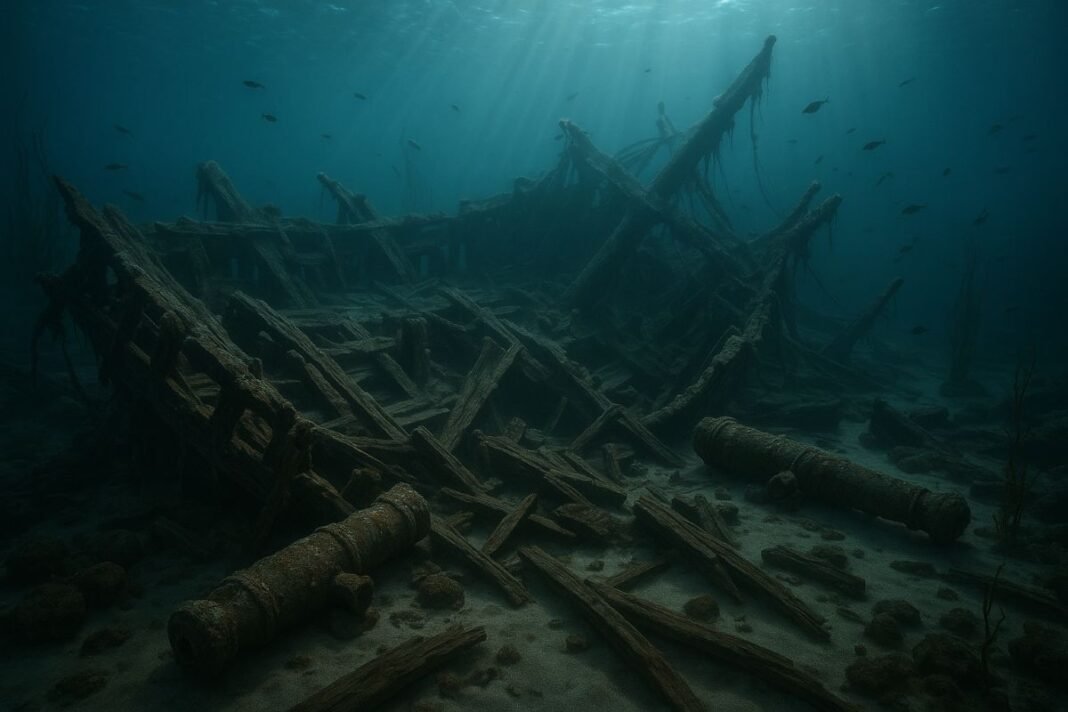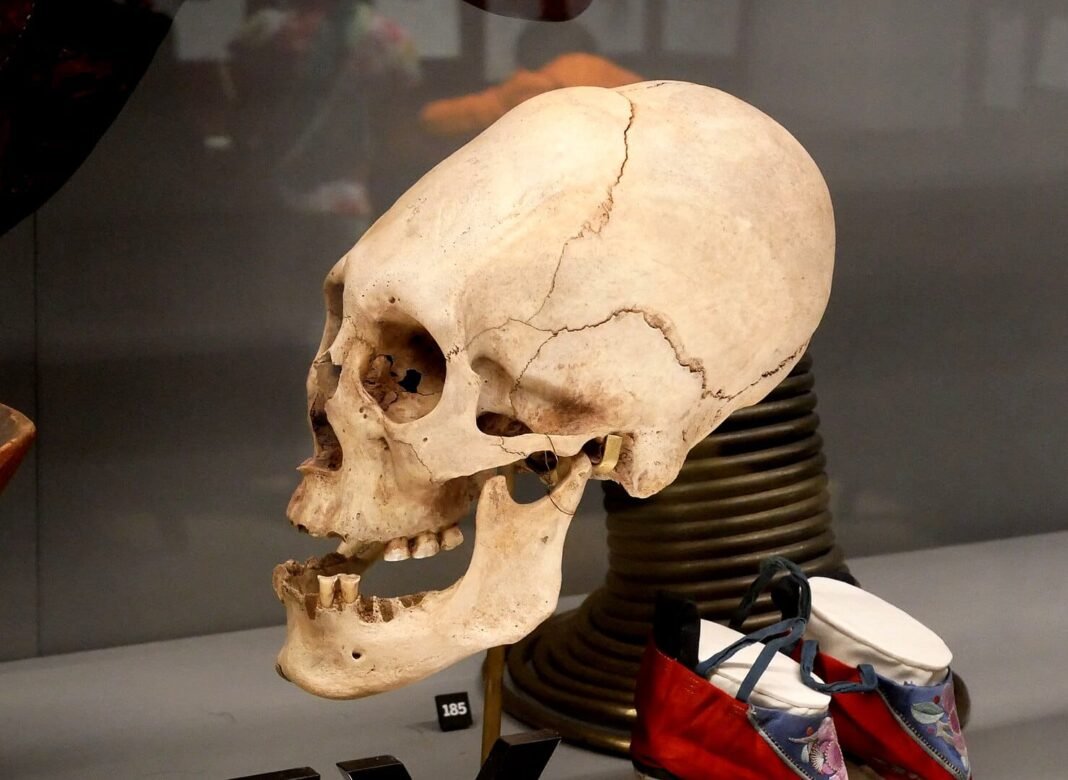
Maritime archaeologists searching the waters near Brunswick Town/Fort Anderson have uncovered what may be the remains of a pirate shipwreck lost nearly 300 years ago. Among four newly discovered wrecks along North Carolina’s Cape Fear River, researchers believe one could be La Fortuna, a Spanish privateering vessel that exploded in 1748 during an attack at the close of King George’s War.
The discovery, made by East Carolina University’s Program in Maritime Studies, offers a rare glimpse at the state’s colonial maritime past. But experts warn that time is short. Coastal erosion is rapidly damaging the southern shoreline where the wrecks were found, threatening to erase these fragile remains before they can be fully studied.
The team made the find during its annual summer field school at the Brunswick Town/Fort Anderson State Historic Site. Graduate student Cory van Hees was surveying the muddy riverbed when he spotted fragments of wood buried in the clay.
He initially wasn’t sure what he had seen, but later that day, project director Dr. Jason Raupp confirmed it was a shipwreck—possibly La Fortuna. Van Hees described the realization as overwhelming, noting it was an emotional moment that connected his passion for history to a major discovery.
Clues point to Spanish Caribbean origins
Wood samples taken from the suspected wreck revealed Monterey or Mexican cypress, tree species native to regions of Central America and the Pacific coast. Researchers say this detail suggests construction links to Spain’s Caribbean colonies. The site also lies close to where diver Dennison Breece recovered an 18th-century cannon in 1985—long thought to be tied to La Fortuna.
Dr. Raupp, who also serves as assistant professor in ECU’s Department of History, said the discovery offers critical insight into one of North Carolina’s earliest port towns. He added that the site’s preservation allows students to engage directly with physical evidence from the colonial period.
In addition to the suspected pirate shipwreck, the team documented three other vessels: a repurposed ship likely used to build up the shoreline, a colonial-era flatboat used to ferry cargo, and an unidentified wreck barely visible above the riverbed. The team also mapped timber wharves, a marsh causeway, and artifacts reflecting trade, daily life, and armed conflict in the 18th century.
Preserved ship timbers sent for conservation
Over 40 wooden timbers—some with visible tool marks from colonial shipbuilders—were recovered before they could be swept away by erosion. The pieces were transferred to the N.C. Office of State Archaeology’s Queen Anne’s Revenge Conservation Lab for preservation.
The excavation was made possible through partnerships with the N.C. Department of Natural and Cultural Resources, the Office of State Archaeology, and the Friends of Brunswick Town/Fort Anderson. Wood analysis was conducted by the U.S. Forest Service’s Forest Products Laboratory.
All archaeological sites at the historic park, including underwater wrecks, are protected under state and federal law. ECU holds the necessary permits to conduct research in the area and plans to return for additional survey work.
Dr. Raupp said the findings help piece together the story of the region’s colonial seafaring history. But without protective efforts, he warned, coastal erosion could permanently erase these chapters from the past.

